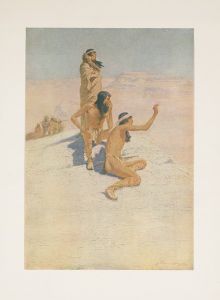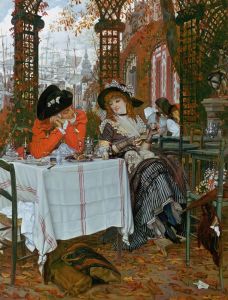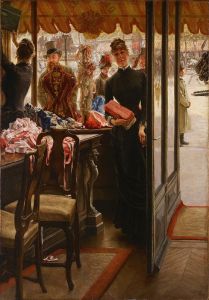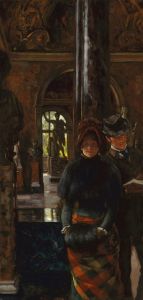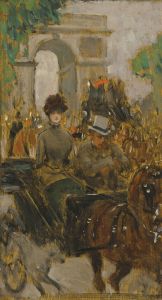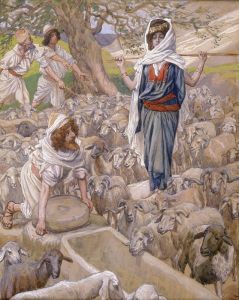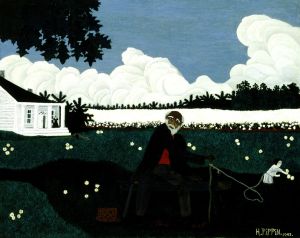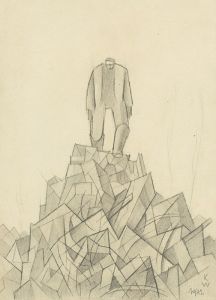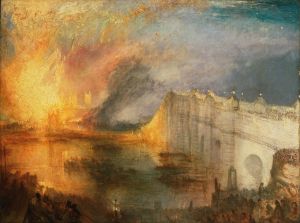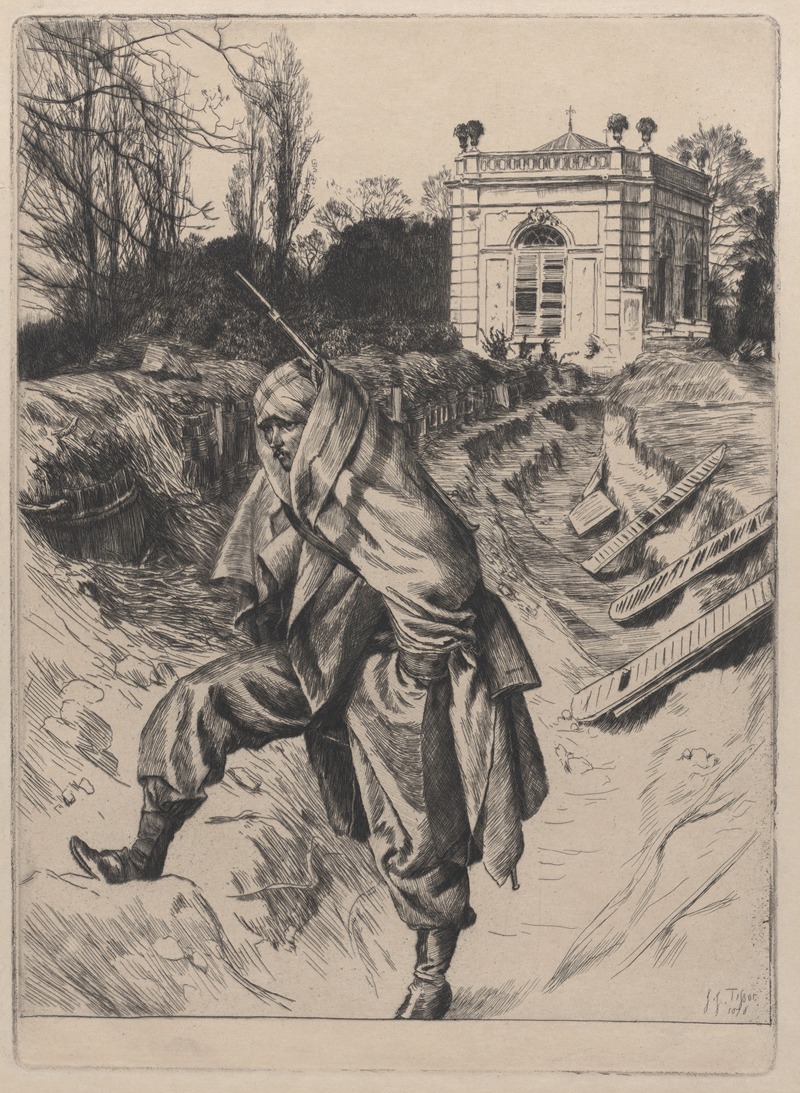
Grand’Garde
A hand-painted replica of James Tissot’s masterpiece Grand’Garde, meticulously crafted by professional artists to capture the true essence of the original. Each piece is created with museum-quality canvas and rare mineral pigments, carefully painted by experienced artists with delicate brushstrokes and rich, layered colors to perfectly recreate the texture of the original artwork. Unlike machine-printed reproductions, this hand-painted version brings the painting to life, infused with the artist’s emotions and skill in every stroke. Whether for personal collection or home decoration, it instantly elevates the artistic atmosphere of any space.
"Grand’Garde" is a painting by the French artist James Tissot, created in 1868. James Tissot, born Jacques Joseph Tissot on October 15, 1836, in Nantes, France, was a painter and illustrator known for his detailed and often fashionable depictions of contemporary life. He studied at the École des Beaux-Arts in Paris and was influenced by the works of Jean-Auguste-Dominique Ingres and Eugène Delacroix.
"Grand’Garde" is a significant work within Tissot's oeuvre, reflecting his interest in military subjects and his meticulous attention to detail. The painting depicts a scene from the Franco-Prussian War (1870-1871), a conflict between the Second French Empire and the Kingdom of Prussia, along with its German allies. Although the painting was completed before the war, it resonates with the themes of military readiness and the tension of impending conflict.
The composition of "Grand’Garde" features a group of French soldiers, likely Chasseurs d'Afrique, a light cavalry unit known for their distinctive uniforms and role in the French army. The soldiers are depicted in a moment of rest or preparation, set against a backdrop that suggests a rural or semi-rural landscape. Tissot's attention to the details of the uniforms and equipment, as well as his ability to capture the mood and atmosphere of the scene, are evident in this work.
Tissot's technique in "Grand’Garde" showcases his skill in rendering textures and materials, from the fabric of the soldiers' uniforms to the natural elements of the landscape. The use of light and shadow adds depth and realism to the scene, enhancing the viewer's sense of immersion. The painting also reflects Tissot's interest in capturing the nuances of human expression and interaction, as the soldiers' faces and postures convey a range of emotions and states of mind.
"Grand’Garde" is part of Tissot's broader body of work that includes both genre scenes and portraits. After the Franco-Prussian War, Tissot moved to London, where he continued to paint and gained considerable success. His later works often focused on the lives of the British upper class, but he maintained an interest in historical and military subjects throughout his career.
Today, "Grand’Garde" is recognized as an important example of Tissot's early work and his ability to blend narrative content with technical precision. It provides insight into the artist's development and his engagement with the social and political issues of his time. The painting is held in various collections and continues to be studied and appreciated for its artistic and historical significance.





